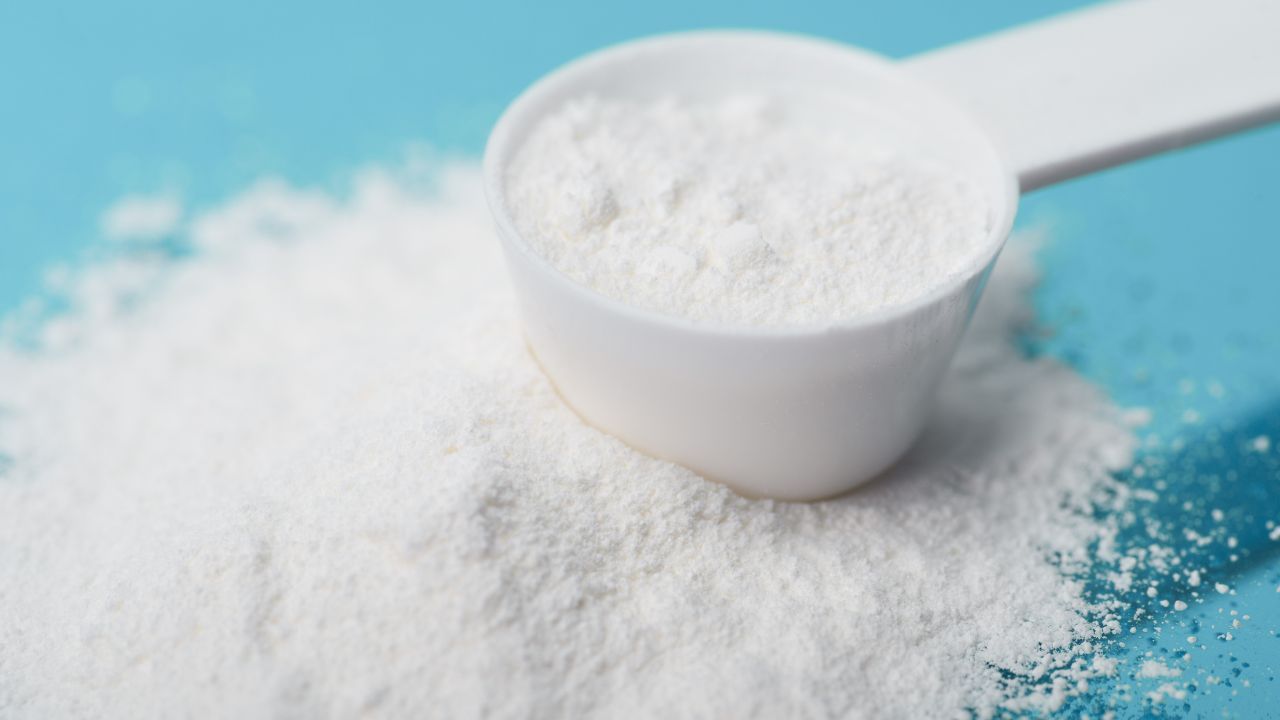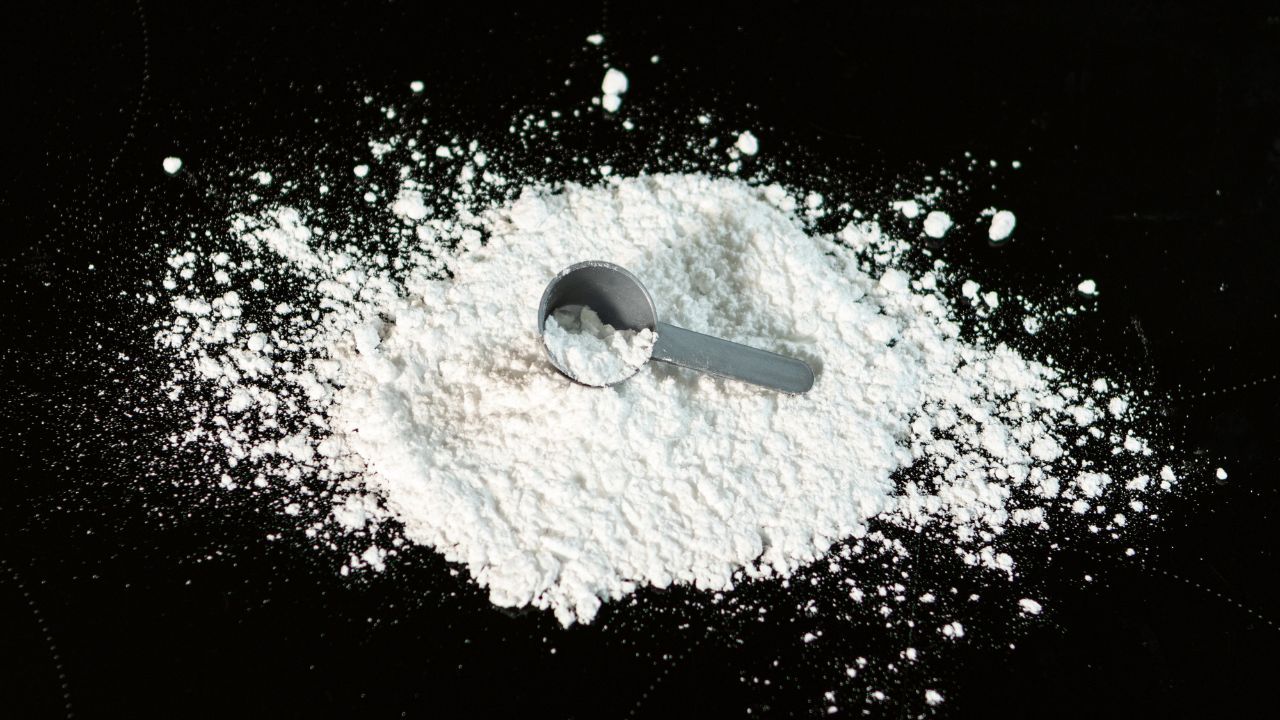
Creapure vs Creatine Monohydrate: What You Need to Know
Get the rundown on Creapure vs Creatine Monohydrate. We've got the facts on these popular supplements. Read now to make an informed choice!
You've probably heard about creatine, especially if you're into fitness or bodybuilding. It's one of the most researched and popular supplements available today.
But why is that?
Simply put, creatine plays a central role in muscle growth and development.
Choosing the right creatine supplement, however, isn't as straightforward. With so many options on the market, it can be challenging to know which one will give you the best results.
That's why we're here: to help you make an informed decision.
Understanding Creatine
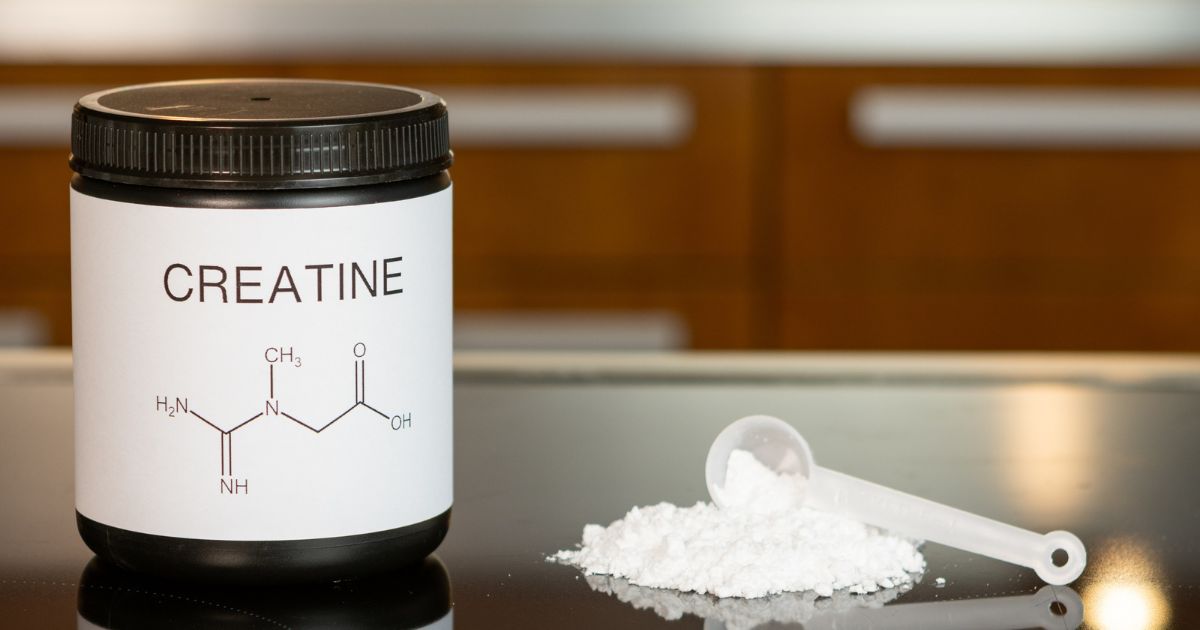
What is Creatine?
Creatine is an essential amino acid produced by our bodies naturally, primarily in our muscles. The body processes creatine in the kidneys and liver.
It's made from three amino acids: arginine, glycine, and methionine.
In supplement form, it's often used to enhance physical performance and increase muscle mass.
Your body produces about half of the creatine it needs. The other half comes from the foods you eat — particularly red meat and fish.
However, the amount of creatine you can get from diet alone is relatively small, especially compared to the amount found in supplements.
Creatine's Role in Energy Production and Muscle Contractions
Ever wondered how your muscles work during a high-intensity workout? Creatine plays a critical role here.
When you perform a strenuous exercise, your muscles need energy. This energy comes from a molecule called ATP (Adenosine Triphosphate) (source).
Now, here's where creatine steps in.
Creatine in your muscles gets converted into phosphocreatine, which helps regenerate ATP.
In simple terms, the more creatine you have, the more ATP you can produce, leading to improved performance during high-intensity, short-duration exercises like weightlifting or sprinting (source).
The Science Behind Creatine
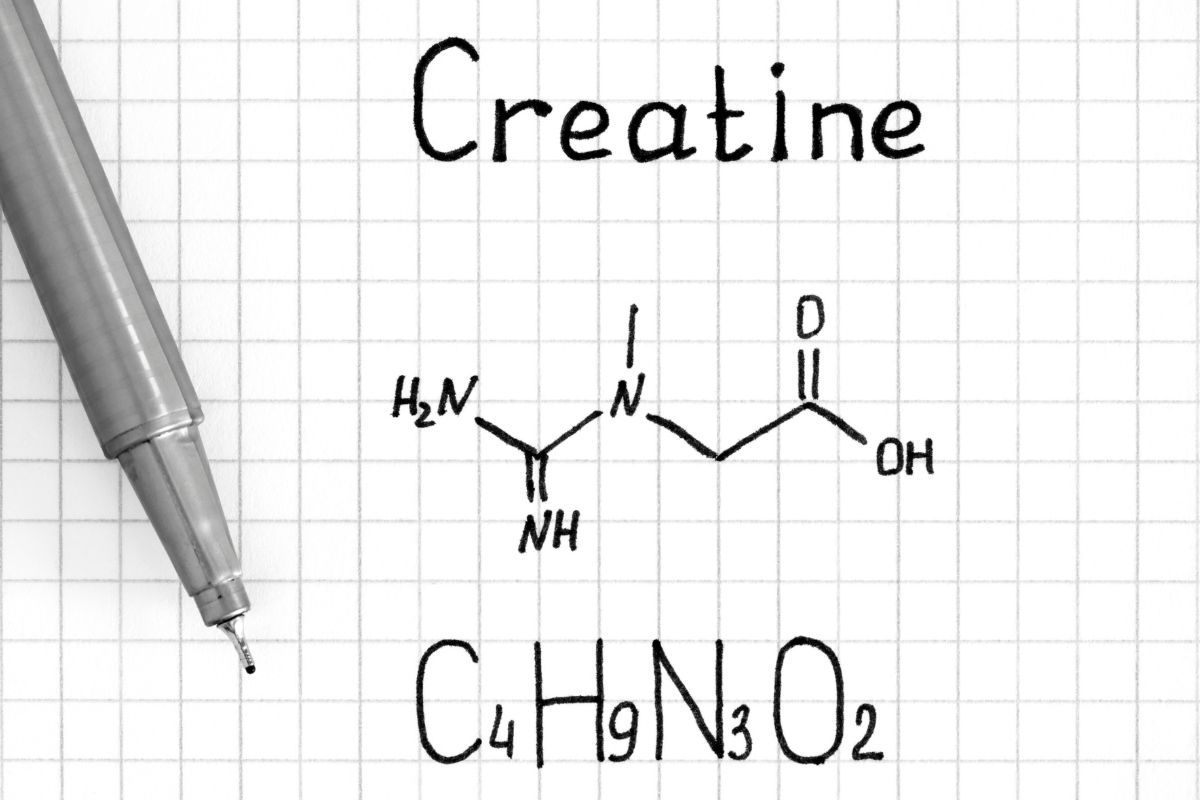
How Creatine Works at a Cellular Level
At a cellular level, creatine works as an energy buffer. It does this by donating a phosphate group to ADP (adenosine diphosphate), turning it back into ATP (adenosine triphosphate) (source).
This process is crucial during high-intensity workouts when your muscles are in need of quick energy.
The Process of Creatine Absorption in the Body
When you ingest creatine, either through food or supplements, it's absorbed into your bloodstream through your intestines.
From there, it travels to your muscles where it's converted into phosphocreatine (source). This is then stored for energy production when you need it most.
Creatine's Impact on Muscle Protein Synthesis
Creatine supplementation has been shown to promote muscle protein synthesis, contributing to muscle growth over time.
By increasing the amount of water in your muscle cells, creatine can trigger biological pathways that lead to increased muscle mass and strength.
Types of Creatine
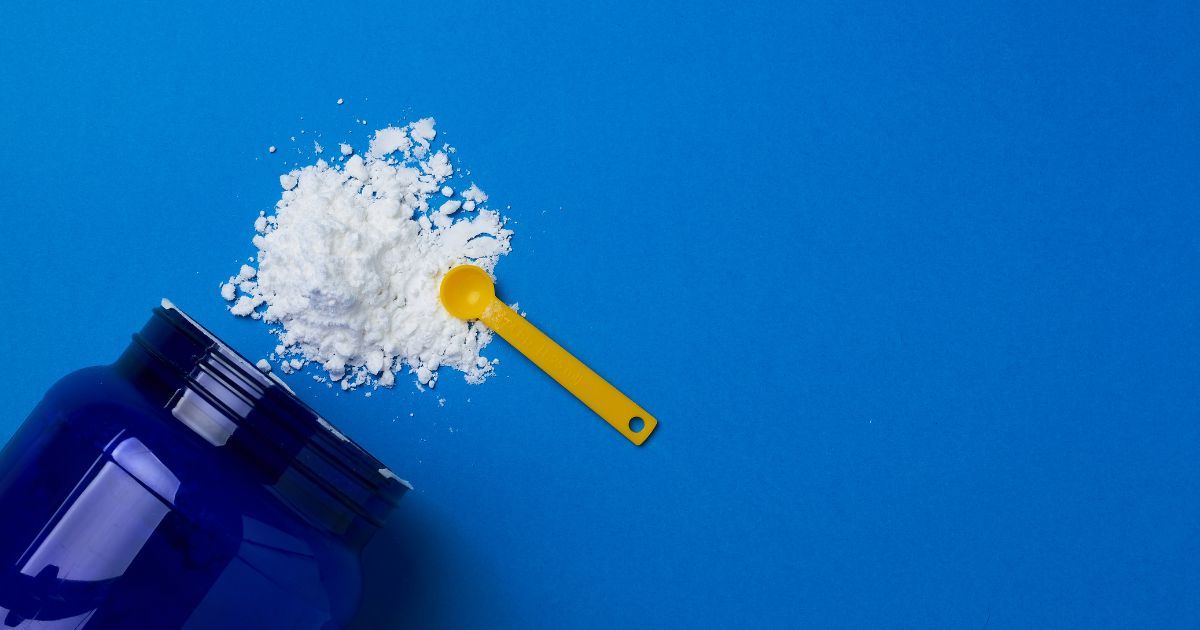
There are several different forms of creatine available on the market, each with its own set of pros and cons.
The two we'll focus on today are Creatine Monohydrate and Creapure. But keep in mind, there's also micronized creatine, buffered creatine, creatine hydrochloride, and others.
Deep Dive into Creatine Monohydrate and Creapure
Creatine Monohydrate is the most common type of creatine supplement and has been extensively studied. It's known for its effectiveness and affordability. However, some people may experience digestive discomfort when taking it.
On the other hand, Creapure is a brand of creatine monohydrate that's made in Germany and is known for its high purity levels.
It's a bit more expensive than regular creatine monohydrate, but it's often recommended for those who have experienced digestive issues with other forms of creatine.
Brief Overview of Other Forms
There are also other types of creatine:
- Micronized Creatine Monohydrate is processed to improve water solubility.
- Buffered Creatine is designed to resist stomach acid and improve absorption.
- Creatine Ethyl Ester is designed to be absorbed into the bloodstream more quickly.
- Creatine Magnesium Chelate is combined with magnesium to enhance absorption.
- Creatine HCl is a form of creatine that has been bound with hydrochloric acid to enhance its solubility.
While these forms have their advantages, they're usually more expensive and lack the extensive research backing that creatine monohydrate has.
Creapure: The Pinnacle of Purity
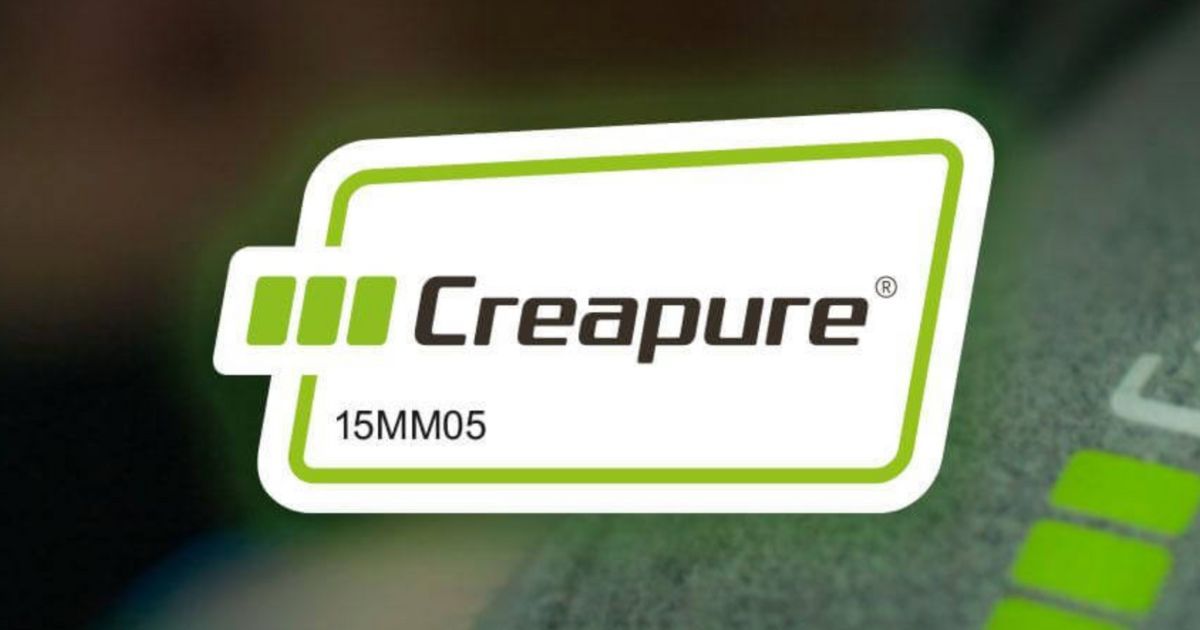
Creapure is a form of creatine monohydrate that is widely recognized as a high-quality, pure source of creatine.
Produced by AlzChem Trostberg GmbH in Germany, it's made through a patented production process, ensuring maximum purity and effectiveness.
Why Creapure is Considered the Gold Standard in Creatine Supplements
Creapure is often considered the gold standard in creatine supplements due to its purity, safety, and efficacy.
Each batch is thoroughly tested for impurities, guaranteeing that you're getting a product free from harmful contaminants.
Plus, it's backed by numerous studies, demonstrating its performance-enhancing benefits.
How Creapure is Produced
Creapure is produced using a patented process by AlzChem Trostberg GmbH, which ensures that it's free from impurities and unnecessary by-products.
This process involves combining sarcosine and cyanamide, resulting in a product that's over 99.9% pure creatine monohydrate. (source)
Benefits and Potential Drawbacks of Creapure
The main benefit of Creapure is its high purity level, which can reduce the risk of side effects and optimize its performance-enhancing benefits.
However, it does come with a higher price tag than regular creatine monohydrate, which could be a drawback for some people.
Creatine Monohydrate: The Classic Choice

Creatine Monohydrate is the most common and well-studied form of creatine. It's been shown to increase muscle creatine stores, improve exercise performance, and promote muscle growth.
Why Creatine Monohydrate is the Most Widely Studied Form of Creatine
Creatine monohydrate has been the subject of hundreds of studies, making it the most researched form of creatine.
These studies have consistently shown that it's safe and effective for enhancing muscle strength and size, improving exercise performance, and reducing muscle fatigue.
Popularity Among Athletes and Bodybuilders
Due to its proven benefits, creatine monohydrate is popular among athletes and bodybuilders. It's often a go-to supplement for those looking to increase strength, power, and muscle mass.
Benefits and Potential Drawbacks of Creatine Monohydrate
The benefits of creatine monohydrate include increased strength, improved exercise performance, and enhanced muscle growth.
However, some people may experience digestive discomfort, such as bloating or stomach cramps, when taking it.
It's also less pure compared to Creapure, which could be a concern for those who are very particular about supplement purity.
Quality Matters
The quality of your creatine supplement matters a lot.
A high-quality creatine product ensures that you're getting the most out of your supplement, without any unwanted impurities or contaminants.
It can also reduce the risk of side effects and optimize the performance-enhancing benefits of creatine.
Factors to Consider When Evaluating Creatine Product Quality
When evaluating creatine product quality, consider the following factors:
- Purity: Look for creatine supplements that are 99% pure or higher.
- Source: Reputable brands will typically provide information about where their creatine is sourced from.
- Additives: Some creatine products may contain unnecessary fillers or additives. It's best to opt for products with minimal additives.
- Third-party testing: Check if the product has been tested by a third-party lab for purity and quality.
Comparing the Purity of Creapure and Regular Creatine Monohydrate
Creapure is known for its high purity level — over 99.9% pure creatine monohydrate. This is due to its patented production process by AlzChem Trostberg GmbH.
On the other hand, regular creatine monohydrate usually has a purity level of around 99%, which is still quite high but slightly less than Creapure.
Benefits and Considerations
Both Creapure and creatine monohydrate offer numerous benefits, including increased strength, improved exercise performance, enhanced muscle growth, and faster recovery times.
- Creapure stands out for its high purity level, which can lead to better absorption and fewer side effects. It's also often recommended for those who have experienced digestive issues with other forms of creatine.
- Creatine monohydrate is known for its affordability and extensive research backing. It's a tried-and-true option that has been trusted by athletes and bodybuilders for decades.
Addressing Potential Side Effects or Considerations for Each
While both Creapure and creatine monohydrate are generally safe, they can cause some side effects, such as stomach cramping or bloating, particularly when taken in high doses. These side effects can often be mitigated by splitting your dose throughout the day or taking your creatine with a meal.
Dosage and Usage
For both Creapure and regular creatine monohydrate, the recommended dosage is typically around 3-5 grams per day.
This dosage can help to increase your muscle creatine stores over time, promoting better exercise performance and muscle growth.

Loading Phase: When is it Necessary?
A loading phase, where you take a higher dose of creatine for a short period, can help to quickly saturate your muscle creatine stores.
This phase usually involves taking around 20 grams of creatine per day, split into four 5-gram doses, for 5-7 days.
However, this isn't always necessary and many people opt to simply stick with the standard 3-5 gram daily dose.
How to Take These Supplements for Optimal Results
For optimal results, it's often recommended to take your creatine supplement with a meal or carbohydrate source. This can help to increase absorption and uptake into your muscles.
Additionally, consistency is key — make sure to take your creatine supplement daily, even on non-workout days.

Scientific Backing
Numerous studies support the effectiveness of both Creapure and regular creatine monohydrate. These supplements have been shown to enhance strength, improve exercise performance, and promote muscle growth.
The International Society of Sports Nutrition (ISSN) has stated that creatine monohydrate is the most effective nutritional supplement available for increasing high-intensity exercise capacity and building lean body mass.
While both Creapure and creatine monohydrate are backed by scientific evidence, there's more research specifically on creatine monohydrate due to its longer history of use.
However, given that Creapure is a form of creatine monohydrate, the research on creatine monohydrate can also be applied to Creapure.
Choosing the Right One
When choosing between Creapure and regular creatine monohydrate, consider factors such as purity, cost, and your personal tolerance.
While Creapure offers a higher purity level, it also comes with a higher price tag. On the other hand, regular creatine monohydrate is more affordable and widely researched, but may not be as pure.
Your personal preferences and goals should also play a role in your decision.
- If you're looking for the purest form of creatine and don't mind spending a bit more, Creapure might be the right choice for you.
- However, if you're on a budget or prefer to stick with the most researched form, creatine monohydrate may be a better option.
To make an informed decision, do your research and consider your personal needs and goals.
Look at the product labels, check for third-party testing, and consider the reputation of the brand. Remember, there's no one-size-fits-all answer — the best supplement for you depends on your individual circumstances.
Bottom Line
Both Creapure and creatine monohydrate are effective supplements for enhancing exercise performance and promoting muscle growth.
Creapure stands out for its high purity, while creatine monohydrate is known for its affordability and extensive research backing.
If purity and minimal side effects are your top priorities, you may want to consider Creapure. However, if you're looking for a more affordable option with extensive scientific backing, regular creatine monohydrate could be a great choice.
Before starting any new supplement regimen, it's always a good idea to consult with a healthcare professional. They can provide personalized advice based on your health status and goals.
Always remember, supplements should be used as a tool to complement a balanced diet and regular exercise, not as a replacement.
Before You Go...
